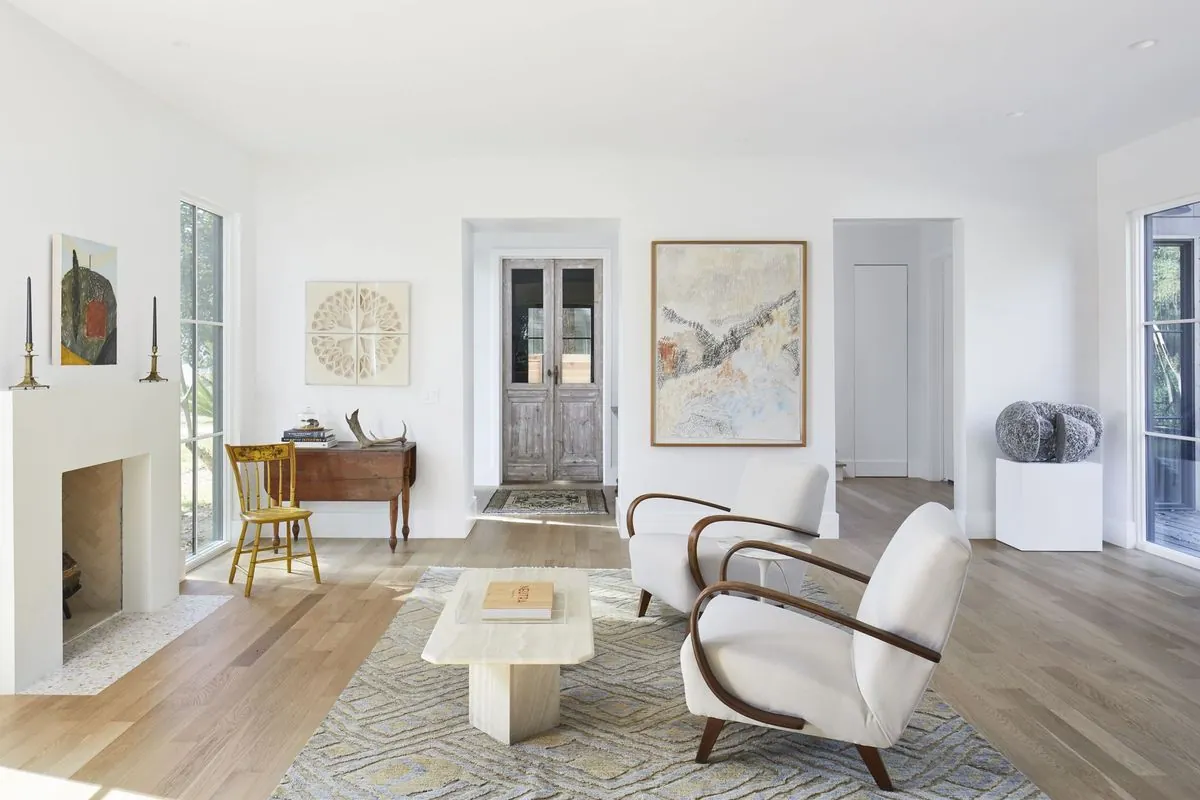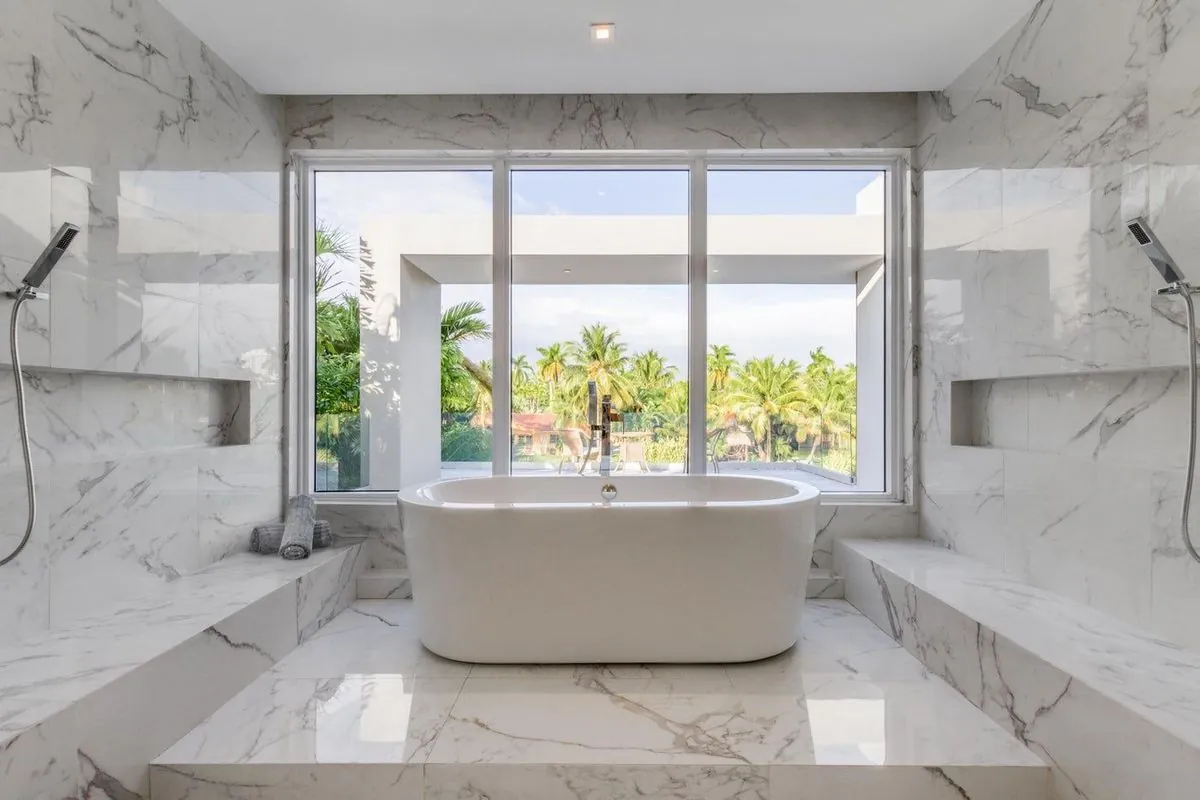Mastering Negative Space: The Secret Weapon of Interior Design
Discover how negative space can transform your home. Learn from top designers about using empty areas to create focus, drama, and serenity in interior spaces.

In the realm of interior design, the concept of negative space has emerged as a powerful tool for creating visually appealing and serene environments. This principle, which refers to the empty areas around and between objects, plays a crucial role in shaping the atmosphere of a room.
Jonathan Adler, a renowned New York potter and designer, emphasizes the importance of negative space, calling it a "decorator's secret weapon." This approach allows focal points to shine and adds interest to a space, creating a sense of balance and tranquility.
One key strategy for incorporating negative space is careful editing. Ksenya Malina, a New York designer, advises against filling every available surface. Instead, she recommends choosing a focal point in each room and removing distracting elements around it. This technique was effectively employed by Olivia Westbrooks, an Atlanta designer, who left walls bare around an eight-foot-tall artwork to make it stand out.

Limiting wall color is another effective way to enhance negative space. Malina suggests painting a room in a single color, including walls, trim, ceiling, and doors. This approach creates an uninterrupted visual flow, enhancing the perception of spaciousness.
When arranging objects, the concept of "islands" can be helpful. Adler recommends thinking of a home as a series of islands surrounded by clean, blank space. This method applies to both furniture groupings and tabletop arrangements, allowing each collection to breathe and capture attention.
Furniture selection also plays a crucial role in creating negative space. Opting for pieces with airy designs, such as glass or Lucite, or choosing wall-mounted options can help maintain a light and balanced feel in a room.
"Many forget the placement of everything in your home is just as important as the items that fill it. If selecting glamorous pieces is the golden child of decorating, then negative space is its overlooked middle sibling — and I'm here to tell you, don't overlook it!"
Adding dimension through architectural elements or furniture can create interesting contrasts within negative space. Westbrooks designed a three-dimensional millwork detail for a client's ceiling, creating an intriguing visual effect. For a more accessible option, consider fluted headboards or wall paneling.
Incorporating sculptural elements and unexpected layouts can add visual interest while maintaining the benefits of negative space. Adler suggests disrupting symmetry by placing focal points off-center or hanging art at different levels.
Lastly, strategic use of wallpaper can introduce pattern and color without overwhelming a space. Hugo Toro, a Paris architect and designer, notes that repeating patterns in wallpaper can effectively become negative space, allowing for visual interest without clutter.
By mastering the art of negative space, homeowners can create environments that are both visually striking and serene, proving that sometimes less truly is more in interior design.


































